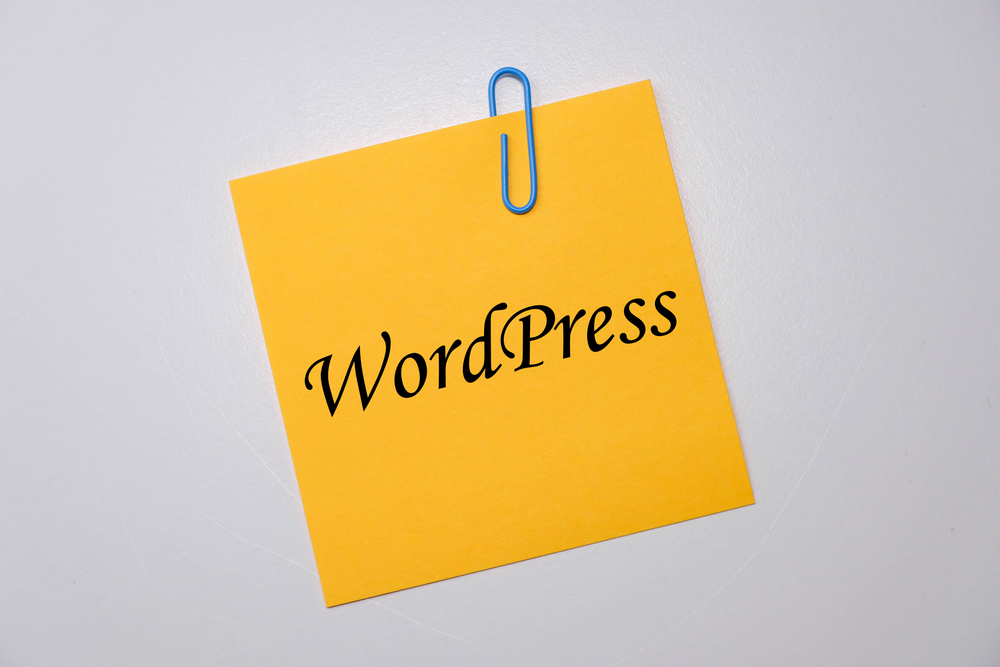
It's no secret that weblog have become an essential tool for businesses and individuals looking to establish their online presence. Blogging allows you to share your thoughts, expertise, and insights with a global audience, while also driving traffic to your website and boosting your search engine rankings.
But simply having a blog isn't enough – you need to create compelling content that engages your readers and keeps them coming back for more. In this article, we'll explore some tips and strategies for crafting high-quality blog posts that will help you grow your audience and establish yourself as an authority in your niche.
Identify Your Audience and Define Your Purpose
Before you start writing, it's important to have a clear understanding of who your target audience is and what you want to achieve with your blog. Are you looking to educate, entertain, inspire, or inform your readers? By defining your purpose and identifying your audience, you can tailor your content to meet their needs and expectations.
Choose Relevant Topics and Keywords
Once you have a clear understanding of your audience and goals, it's time to start blog site brainstorming ideas for your blog posts. Research trending topics in your industry, and use tools like Google Keyword Planner to identify relevant keywords and phrases that will attract organic traffic to your blog. Remember to focus on topics that are both interesting to your audience and relevant to your business or personal brand.
Create Engaging and Informative Content
When it comes to writing blog posts, quality is key. Make sure your content is well-researched, informative, and easy to read. Use subheadings, bullet points, and images to break up large blocks of text and keep your readers engaged. Avoid using weblog website jargon or technical language that may alienate your audience, and always proofread your posts for grammar and spelling errors.
Utilize Visuals and Multimedia
In addition to well-written content, it's important to incorporate visuals and multimedia into your blog posts. Studies have shown that blog posts with images and videos receive more engagement and shares than text-only posts. Use high-quality images, infographics, and videos to enhance your content and provide additional value to your readers.
Promote Your Blog Posts
Once you've published a new blog post, don't just sit back and wait for readers to find it. Promote your content on social media, forums, and email newsletters to reach a wider audience. Engage with your followers and respond to comments and feedback to foster a sense of community around your blog. Consider guest posting on other blog or collaborating with influencers in your industry to further expand your reach.
Measure and Analyze Your Results
Finally, it's important to track the performance of your blog posts and analyze the data to identify what works and what doesn't. Use tools like Google Analytics to monitor your website traffic, engagement metrics, and conversion rates. Pay attention to which blog posts perform well and which ones fall flat, and use this feedback to refine your content strategy and continue growing your audience.
Frequently Asked Questions
Q: How often should I publish new blog posts?
A: The frequency of your blog posts will depend on your goals and resources. Some bloggers post daily, while others opt for a weekly or bi-weekly schedule. The key weblog site is to maintain a consistent posting schedule that works for you and keeps your audience engaged.
Q: Should I focus on evergreen content or trending topics?
A: It's important to strike a balance between evergreen content – which remains relevant over time – and trending topics that are currently popular in your industry. Evergreen content can drive consistent traffic to your blog, while timely topics can attract new readers and showcase your expertise.
Q: How long should my blog posts be?
A: There is no one-size-fits-all answer to this question, as the ideal length of a blog post will depend on the topic and your audience. In general, aim for at least 500-1000 words to provide sufficient detail and value to your readers. However, longer posts of 1500-2000 words or more can also be effective for in-depth topics.
Q: How can I monetize my blog?
A: There are several ways to monetize your blog, including affiliate marketing, sponsored content, selling digital or physical products, and offering services or courses. Experiment with different monetization strategies to see what works best for your audience and goals.
Q: How can I engage with my audience and build a community around my blog?
A: Engaging with your audience is key to building a loyal following and fostering a sense of community around your blog. Respond to comments and feedback, ask for input and suggestions from your readers, and consider hosting live events or webinars to interact with your audience in real-time.
By following these tips and strategies, you can create compelling content that resonates with your audience and helps you grow your blog's reach and influence. Remember to stay true to your unique voice and perspective, and keep experimenting with new ideas and formats to keep your readers engaged and coming back for more.
Other useful resources